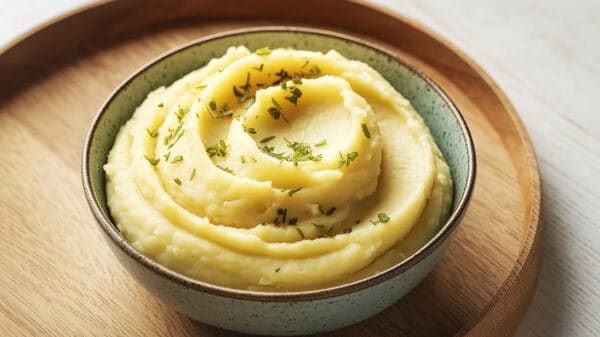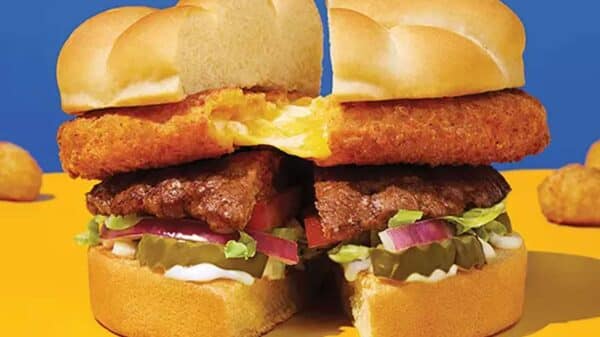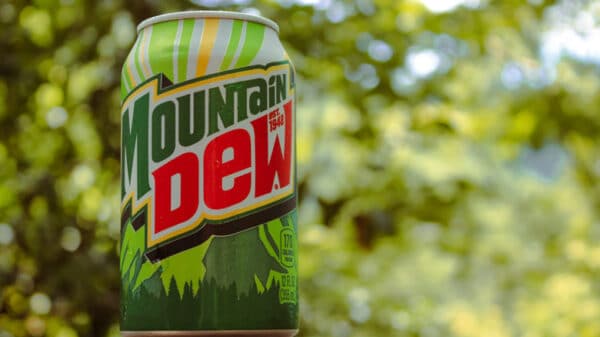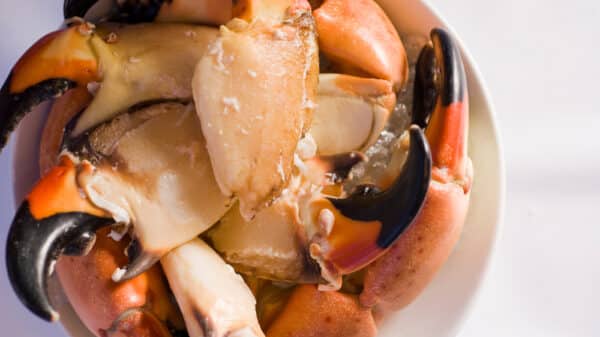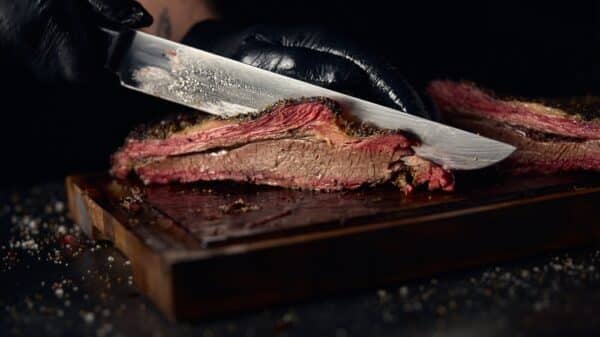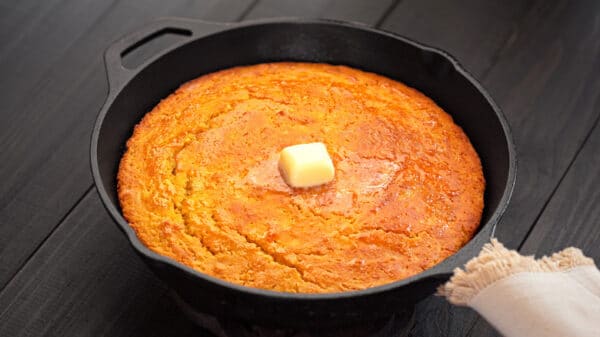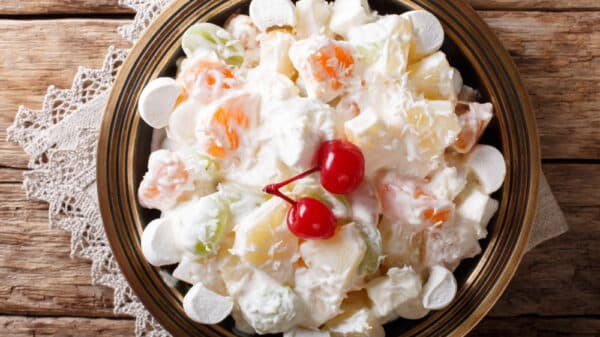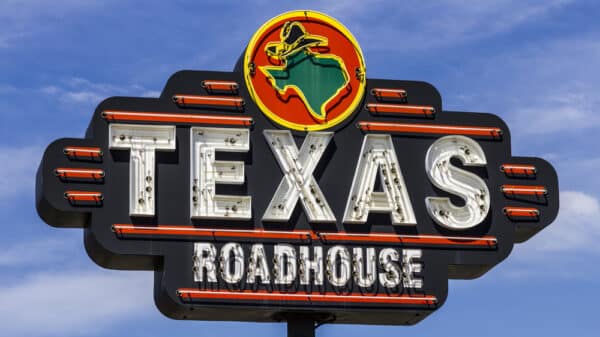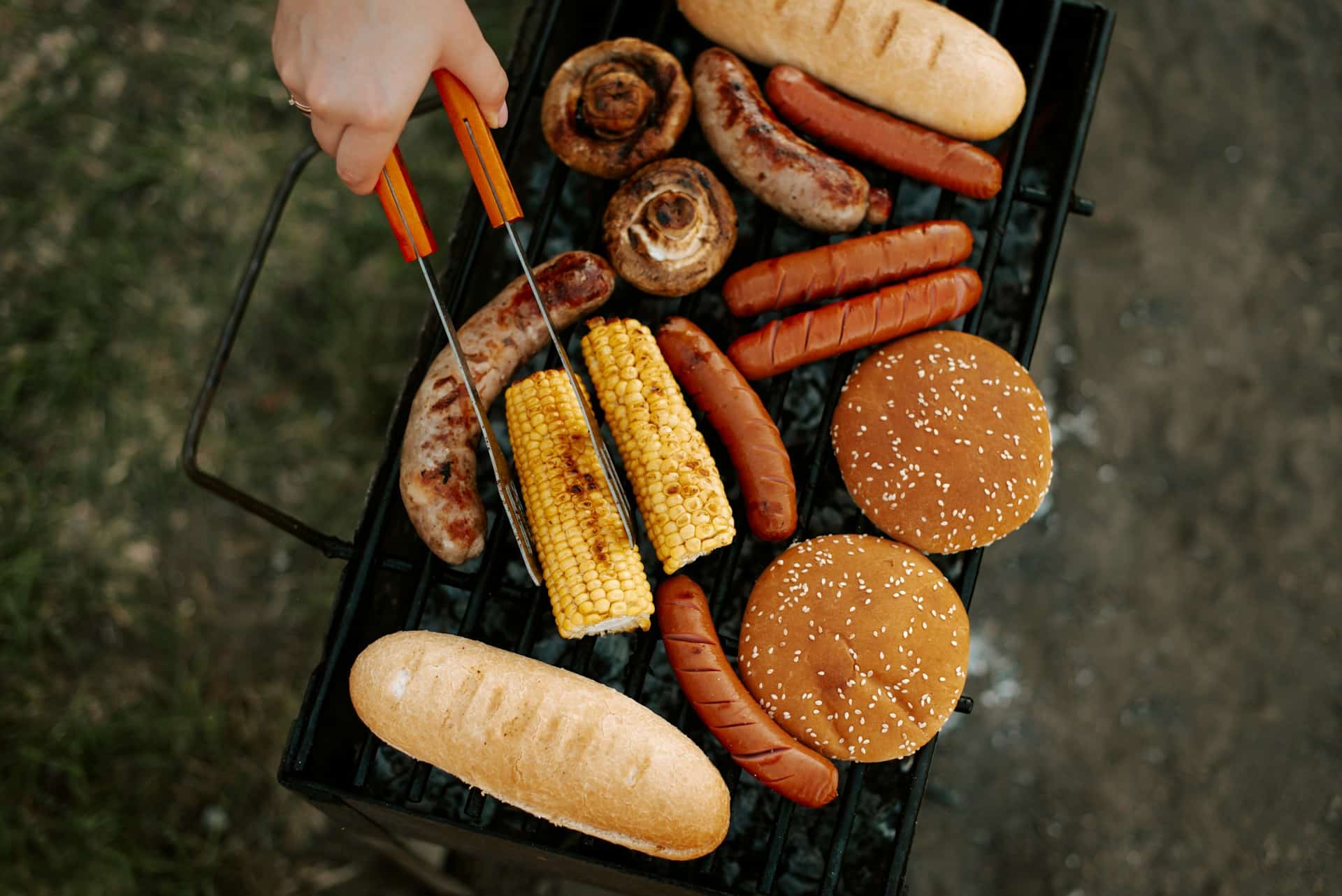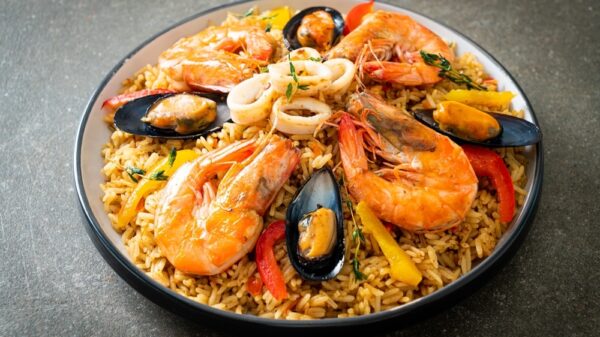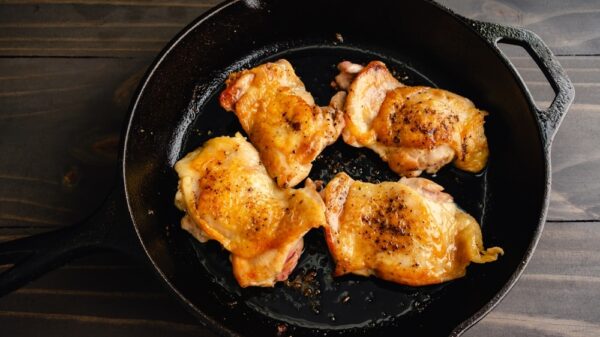Hot dogs are a beloved staple in many kitchens, sparking discussions that range from whether they qualify as sandwiches to the ultimate city for hot dog lovers. One of the most debated aspects is the optimal method for cooking them. While grilling and boiling are classic techniques, griddling stands out as an underappreciated alternative worth exploring.
So, what makes griddled hot dogs a culinary delight? The griddle’s expansive surface area ensures even cooking, unlike grilling, where sometimes hot spots can leave parts undercooked. Boiling, while effective, can lead to dry hot dogs that lose their enticing moisture. The griddle, however, retains all the natural juices and imparts a toasty flavor, alongside a crispy, browned exterior that enhances the texture with every bite.
Furthermore, the convenience of a griddle is a significant advantage. With enough space to accommodate numerous hot dogs and an array of toppings, like caramelized onions, it allows simultaneous cooking and adds satisfaction. Plus, cleanup becomes a breeze, especially with features like drip trays or removable grease traps.
How to Perfectly Griddle Hot Dogs
Griddling hot dogs is a straightforward process. To start, simply grease your griddle and preheat it to medium-high. Cook the hot dogs for about five to seven minutes, turning them occasionally to avoid burning and ensure they reach an internal temperature of at least 140 degrees Fahrenheit.
While these basics are essential, there are several nuances worth noting. For greasing options, peanut, canola, or vegetable oil are excellent choices due to their high smoke points. However, many culinary enthusiasts opt for olive oil for its robust flavor, and butter can be an enticing alternative, adding richness similar to steak preparation.
Some cooks also recommend slicing hot dogs down the center or butterflying them, both of which increase the surface area. This technique not only enhances cooking but also provides a perfect space for your favorite toppings.
Image Source: Unsplash

